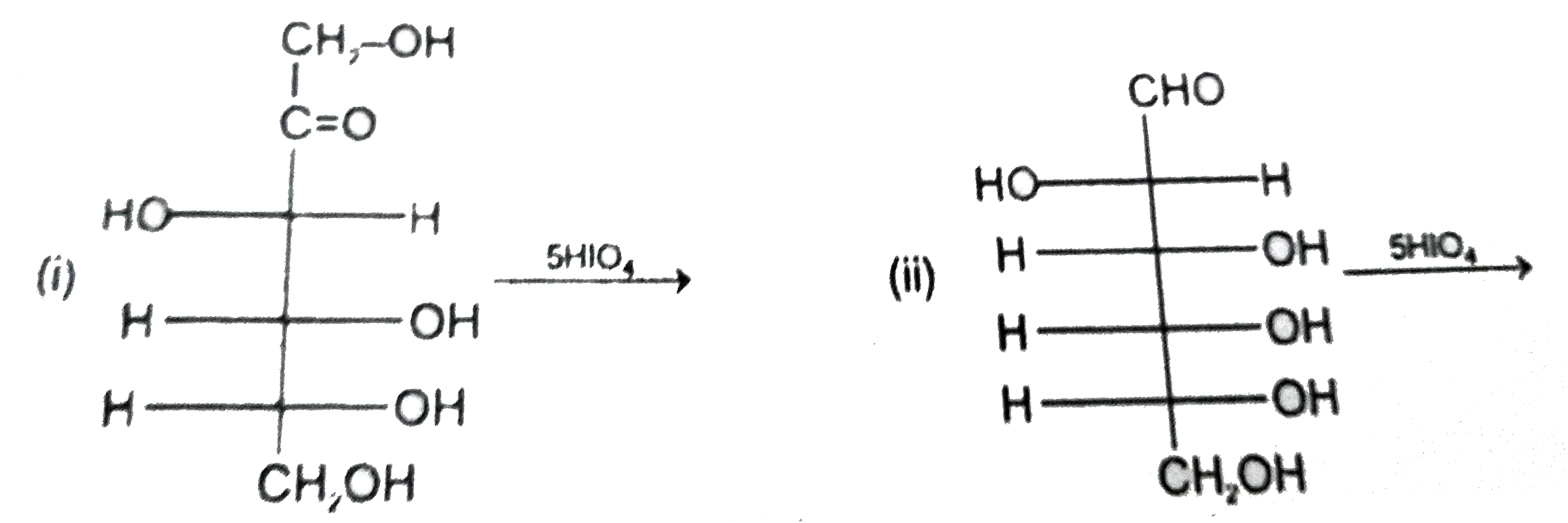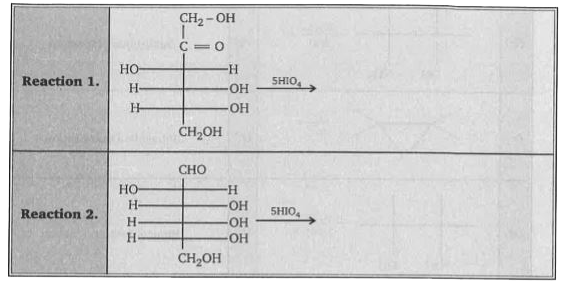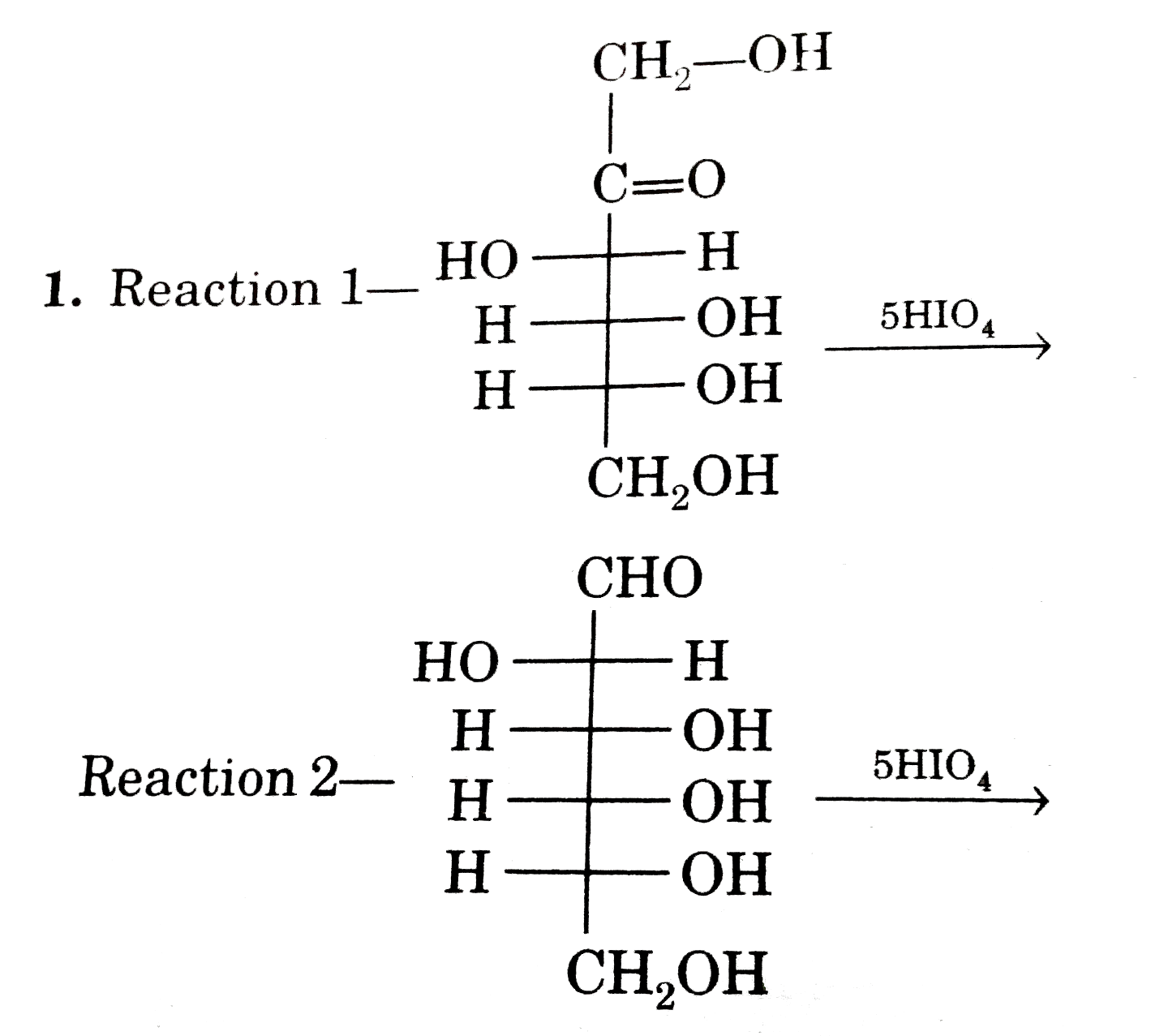
Sum of moles of formaldehyde obtained in the reaction (i) and reaction (ii) ?
Text Solution
The correct Answer is:3
|
Topper's Solved these Questions
- REDUCTION, OXIDATION & HYDROLYSIS REACTIONSBOOK - RESONANCECHAPTER - REDUCTION, OXIDATION & HYDROLYSIS REACTIONSEXERCISE - Part-III: One or more than one options correct type
5 Videos
- REDUCTION, OXIDATION & HYDROLYSIS REACTIONSBOOK - RESONANCECHAPTER - REDUCTION, OXIDATION & HYDROLYSIS REACTIONSEXERCISE - Part-IV: Comprehension
10 Videos
- REDUCTION, OXIDATION & HYDROLYSIS REACTIONSBOOK - RESONANCECHAPTER - REDUCTION, OXIDATION & HYDROLYSIS REACTIONSEXERCISE - Exercise-2 (Part-I: Only One option correct Type)
10 Videos
- PERIODIC TABLE & PERIODICITYBOOK - RESONANCECHAPTER - PERIODIC TABLE & PERIODICITYEXERCISE - Inorganic chemistry (Periodic Table & Periodicity
61 Videos
- S BLOCK ELEMENTSBOOK - RESONANCECHAPTER - S BLOCK ELEMENTSEXERCISE - INORGANIC CHEMISTRY(s-Block Elements)
36 Videos
Similar Questions
Knowledge Check

Ratio of moles of formic acid obtained in reaction (i) and reaction (ii) is :A3/4B4/5C1D5/4CHO|(CH−OH)3 4HIO4−−−→|CH2−OHProsuct (ii) CH2OH|(CH−OH)4 5HIO4−−−→|CH2−OHProduct
Ratio of moles of formic acid obtained in reaction (i) and reaction (ii) is :A3/4B4/5C1D5/4Two moles of formaldehyde can be obtained by the following
AOzonolysis of acetylene and followed by hydrolysisBOzonolysis of ethylene and followed by hydrolysisCOzonolysis of propene and hydrolysisDOzonolysis of 2-butene and hydrolysis.
_E01_302_Q01.png) Gases released in reaction (I) and (II) are:
Gases released in reaction (I) and (II) are:
View SolutionFormaldehyde differs from acetaldehyde in the reaction with
View Solution_E01_302_Q01.png) Gases released in reaction (I) and (II) are:
Gases released in reaction (I) and (II) are:
View SolutionReaction of formaldehyde and ammonia gives
View SolutionThe number of moles of nitrogen obtained by the complete reactions of one mole of C2H5NH2 with nitrous acids is
View Solution


